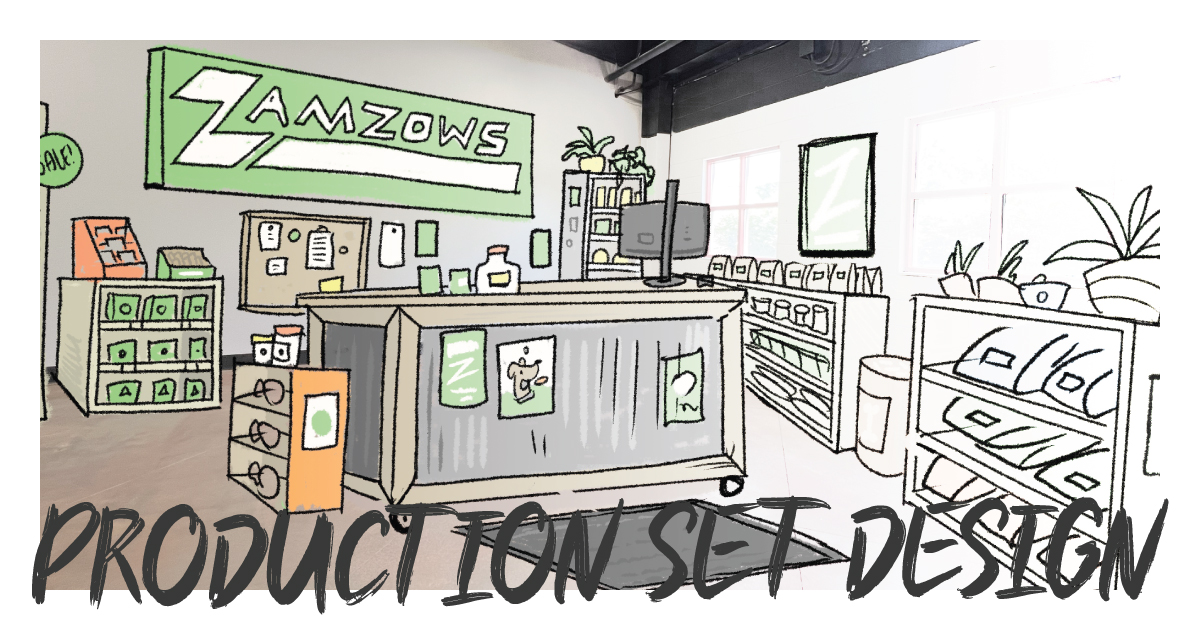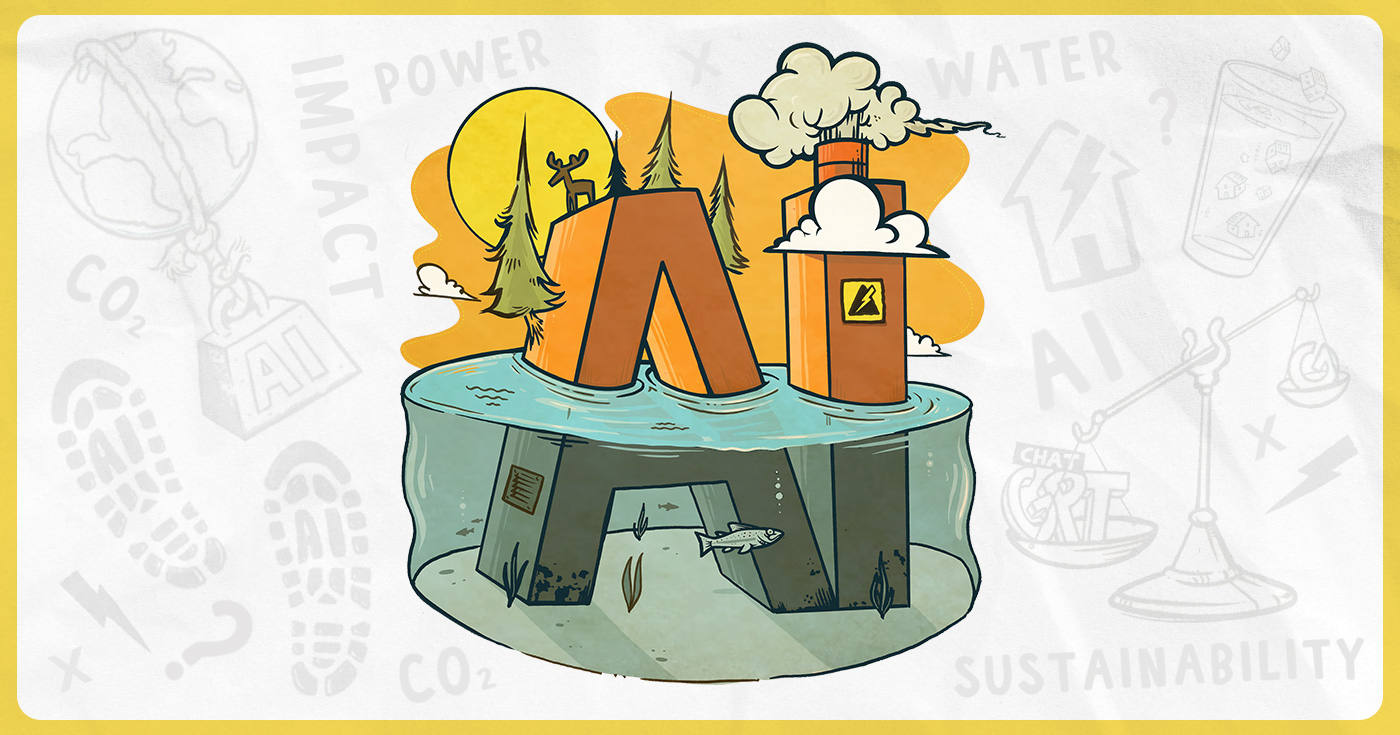We aren’t armed with a crystal ball or a set of Tarot cards. What we do have, however, are the skills, knowledge, experience, and expertise that empower, nay, require us to make predictions about the media landscape of 2022.
Luckily for everyone, we use our powers for good. Take this blog as an example. Here’s what we think (and know) will happen in the media world in 2022.
PS: Don’t come for us if something doesn’t come to fruition. This is free.
Meta Adjusts Facebook’s Targeting Capabilities
In 2022, Facebook’s parent company, Meta, will change their targeting guidelines. The New York Post (NYP) reported that Facebook will no longer let advertisers use targeting that is based on categories like health, race, ethnicity, religion, sexual orientation, and political affiliation.
The same NYP article states this change comes after civil rights experts, policy makers, and stakeholders said that people in underrepresented groups have negative experiences because of this type of targeting. They say it can enable discrimination, abuse, and division, because it can limit opportunity for some audiences to participate in the market.
For example, according to the NYP article, Facebook was sued in 2019 by the Department of Housing and Urban Development because landlords and home-sellers “could restrict who could see ads for properties on the basis of race, religion, and national origin.”
While these targeting restrictions are probably better for humanity, they could change how companies run their marketing. Many companies target certain demographics based on the messaging, product, service, goal, etc. Not being able to target these groups takes away the ability to narrow in on a target audience. This will force marketers to be more creative and identify other traits that their target audience has in common.
Fewer Chips, Smaller Ad Spends
The global chip shortage has impacted media more than we thought—and we’re not talking about Lay’s or Ruffles. The global chip shortage refers to integrated chips, or semiconductor chips, and is another result of the worldwide supply chain issue. According to a Yahoo Finance report, 169 industries have been affected by the chip shortage.
One such example is the automotive industry. Historically, auto has been a reliable industry where you could expect an excess amount of supply (vehicles), which means dealerships consistently push sales and spend money on media. For the last year or so, that just hasn’t been the case.
Due to the global chip shortage, cars are unable to be completed by manufacturers. This lack of supply leads to fewer cars being available to dealers, which then trickles down to dealers not having inventory, which means fewer sales, and therefore less money to spend on media. (Also, there’s no reason to advertise vehicles that aren’t actually available–truth in advertising, people!)
CNBC reports that “The global chip shortage is set to drag on till 2022,” which is a bummer. “Things could improve in the second half of the year as more supplies come online, but the first six months could still see pockets of shortage across the industry.”
Delivery Issues to Lessen in… 2023
The supply chain issue doesn’t end with chips. A CNBC report states that “Backlogs and elevated shipping costs are likely to persist at least through the middle of next year because no immediate solution for the underlying supply-demand imbalance at US ports is available.”
As of now, it is predicted that we’ll return to a more normal production and delivery schedule in 2023, which gives dealers and advertisers something to look forward to. However, this light at the end at the tunnel doesn’t help recover from the two years of discrepancies.
Online Media Spend Will Continue to Rise
Online media spend rose in 2021 and we predict that trend will continue in 2022. Aligning with our spending prophecy is Kantar Media, predicting the online spend is expected to increase in 2022 in every category, including online video advertising, social media stories, influencer content, social media newsfeeds, display, TV streaming, podcasts, terrestrial TV, digital out-of-home, and TV product placement.
With the increase in spend we can also expect an increase in clients’ expectation of ROI. To increase efficiency in campaigns in 2022, we will see more in-flight optimizations to enhance performance. Kantar states that “almost two-thirds (66%) of global marketers believe optimizing the media mix is the best way to maximize absolute ROI.”
The Cookie Issue & CTV
As we’ve pointed out previously, the death of the cookie will take place in 2022. Since cookies will soon cease to exist, what does that mean for advertisers? Kantar media trends and predictions report states that “No one solution will replace cookies.” We all knew that though, right?
Advertisers will need to start taking a “portfolio approach,” meaning that they will use multiple methods to get their data. First-party data (customer information collected directly by companies) will be the strategy initially, but third-party data (customer information collected not directly by a company, but by a third party, such as credit card companies) will still be relevant if it follows the new privacy compliance regulations.
According to Ad Age, upfront ad spend on Connected TV (CTV) doubled from 2019 to 2020, and in 2022 it’s expected to reach $6 billion upfront, with a total of $19.1 billion for the year. The reason for the increase in the ad spend in the CTV space is partly due to all the issues with third-party cookies. (The issues being that cookies are being phased out, or utilized in a different way that’s currently up in the air.)
The same Ad Age reports states that “84% of buyers upping CTV spending state that consumer privacy issues contributed to their increase,” citing The IAB 2022 Brand Disruption Report. The concern with relying on CTV as an ad medium is that people can get tired of paying for individual subscriptions, so the audience may shrink.
OOH Could Be Big
With people binging shows and skipping commercials, advertisers are looking for new forms of video to capture consumers. Digital out-of-home (DOOH) is a full-motion, some even HD, billboard usually featuring short-form videos. DOOH is one of the more promising avenues advertisers are exploring.
Ad Age expressed that full motion digital billboards are the next iteration of out-of-home. The article states, “according to a study by Ocean and Neuro-Insight in the U.K. research revealed that full motion DOOH advertising is 2.5 times more impactful than equivalent static executions.” We can’t wait to see how digital out-of-home will continue to grow in 2022!
2022 Is Sure to Be Exciting
Between new limitations on Facebook targeting, the chip shortage, increases in online media spend and CTV, the loss of cookies, and the newly emerging DOOH, we are so excited to keep up with the ever-changing media landscape. Keep an eye on our channels to stay up-to-date on all things media, and cheers to a happy new year.



